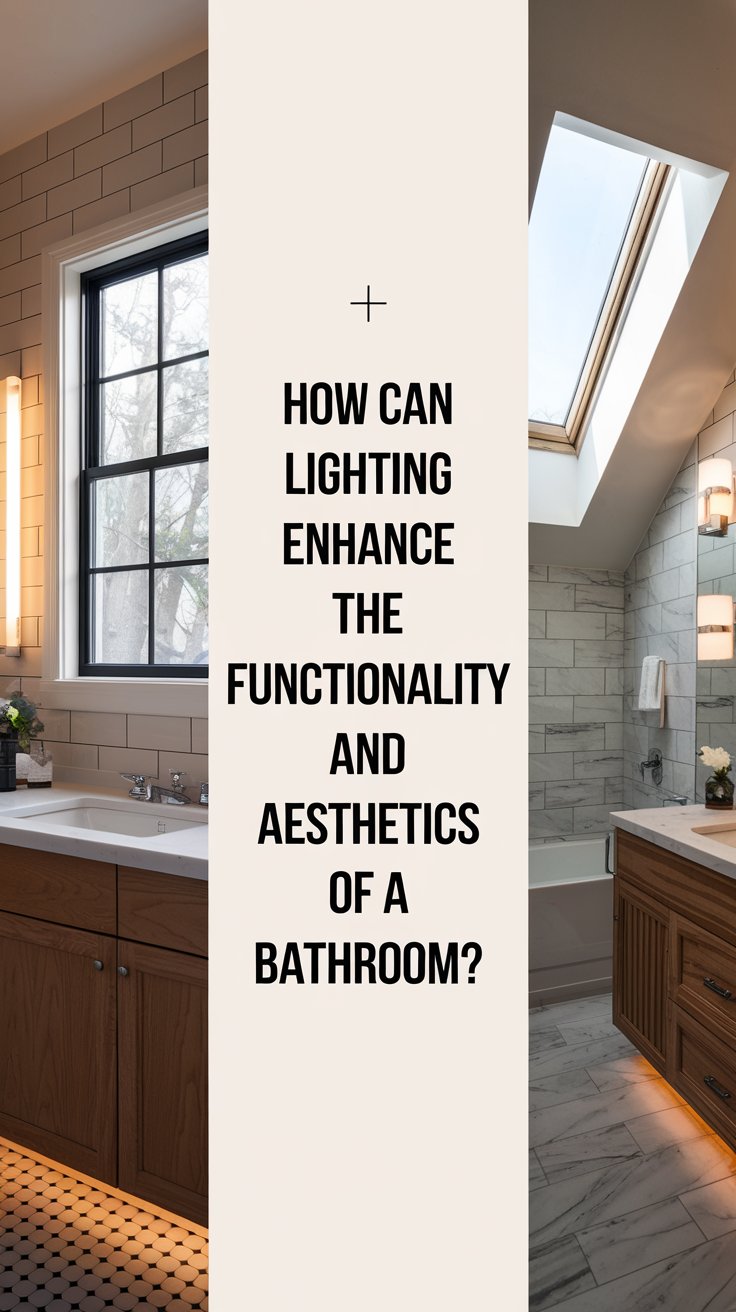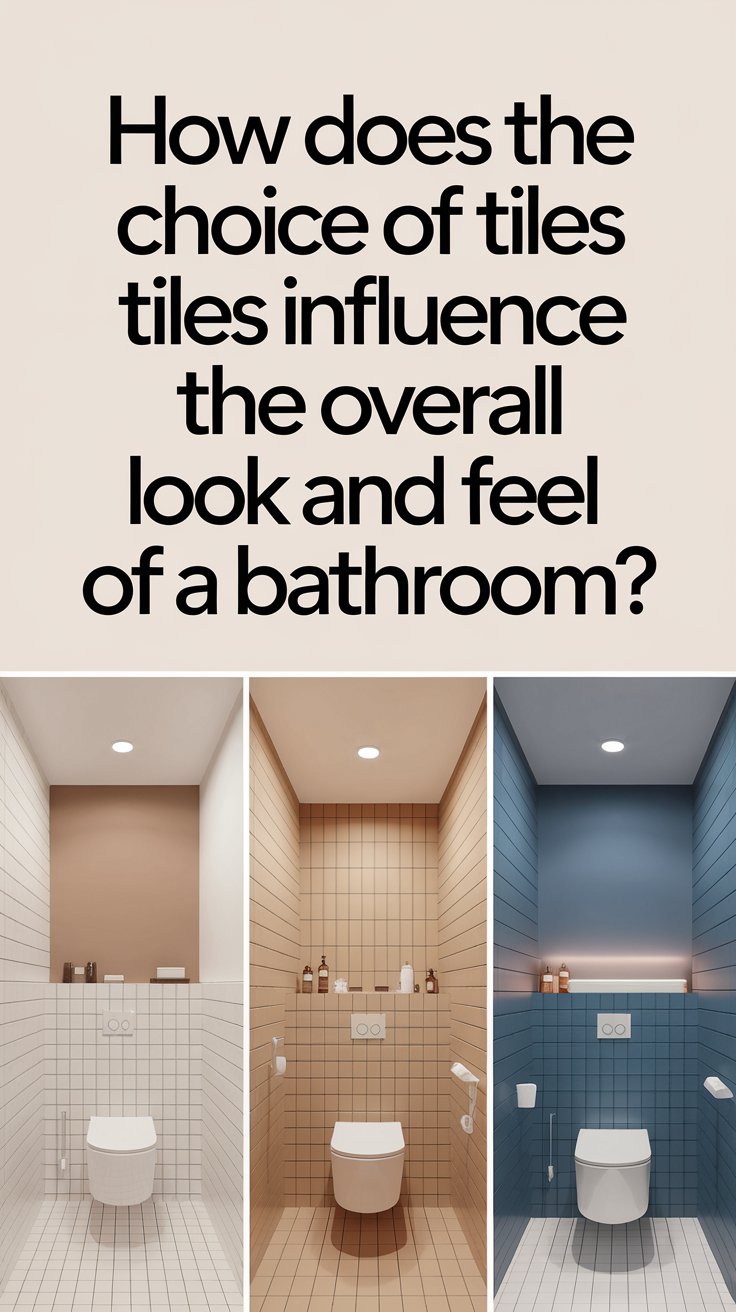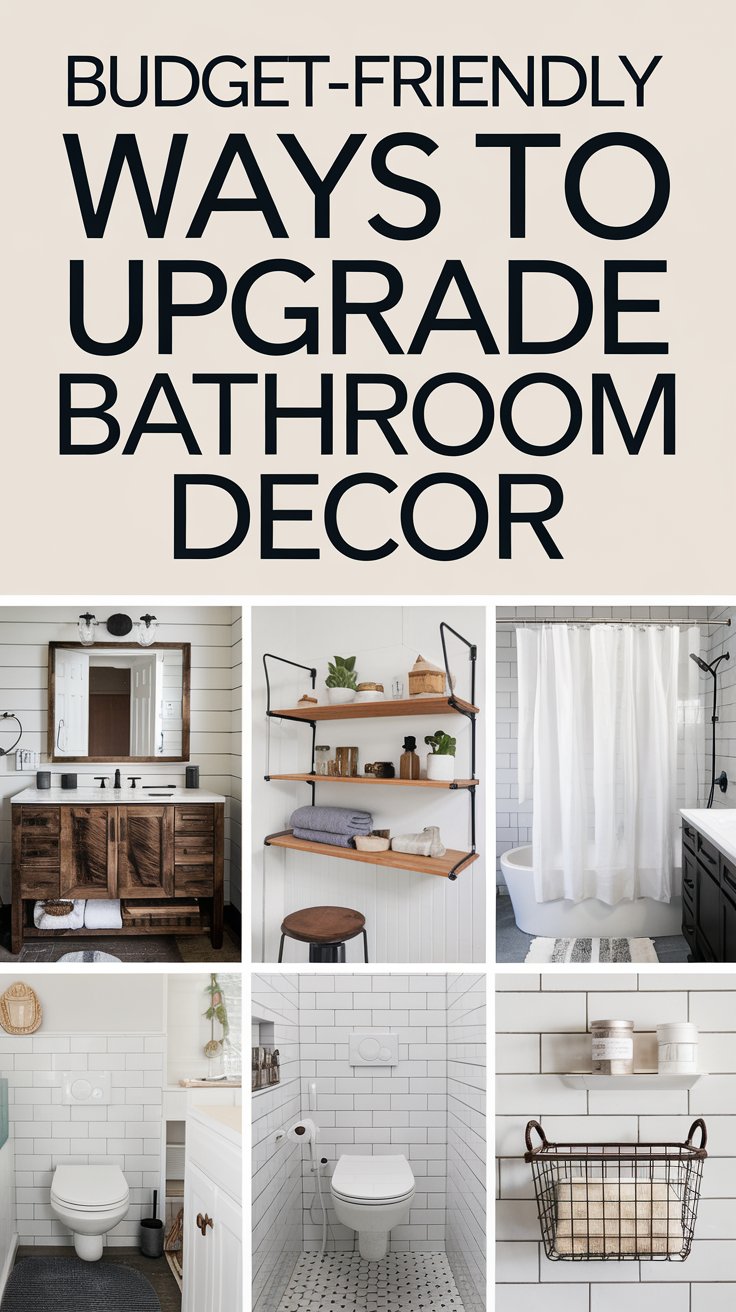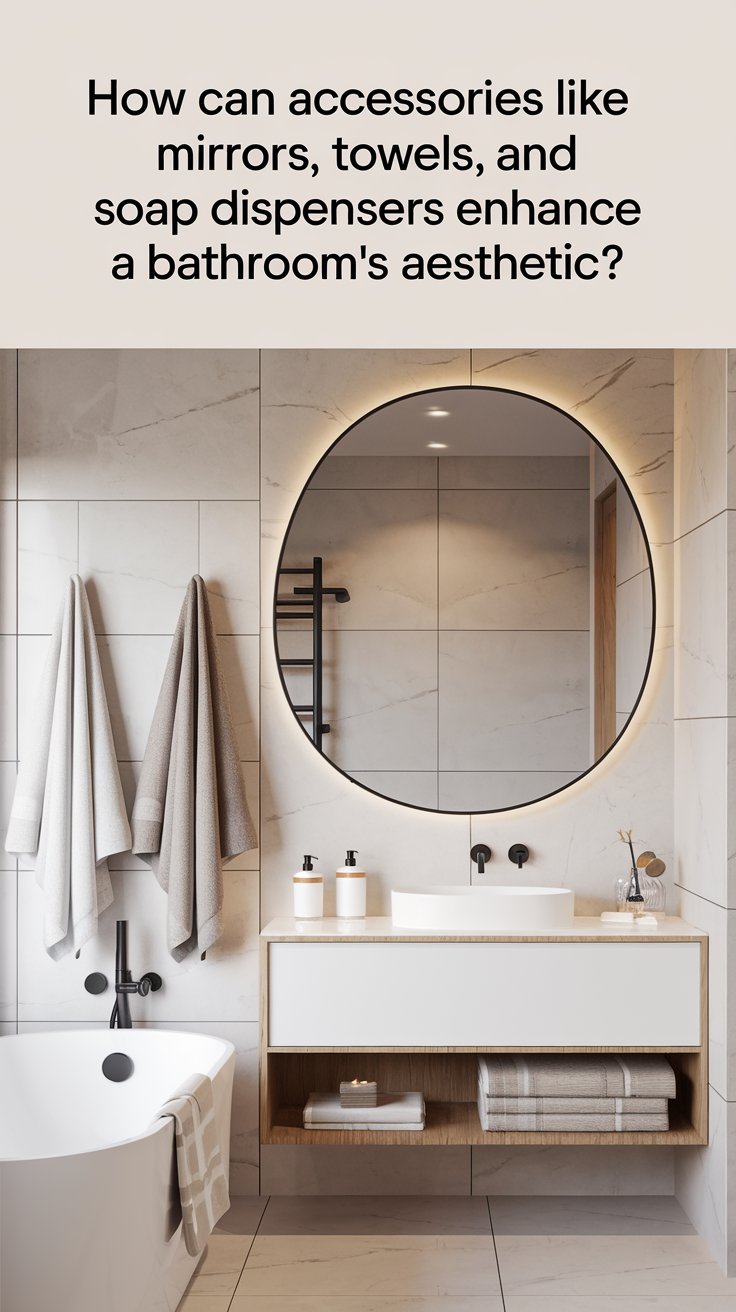Lighting is a critical component of bathroom design that goes beyond mere illumination. Thoughtfully planned lighting enhances the functionality, safety, and aesthetics of the space, transforming it into a sanctuary of comfort and style. This comprehensive guide explores how lighting can elevate the bathroom experience, from task-specific solutions to creating mood and visual appeal.
1. Understanding the Role of Lighting in Bathrooms

Lighting serves multiple purposes in a bathroom:
- Functionality: Adequate lighting ensures visibility for essential tasks like grooming, makeup application, and shaving.
- Aesthetics: Well-placed lighting adds depth, highlights design features, and creates a luxurious atmosphere.
- Safety: Proper illumination reduces the risk of accidents in wet and slippery environments.
2. Types of Bathroom Lighting

To fully utilize the potential of bathroom lighting, it’s essential to incorporate a layered approach:
A. Ambient Lighting
This is the general illumination that provides overall brightness to the room.
- Sources: Ceiling-mounted fixtures, recessed lights, or LED panels.
- Tips: Use dimmable options to control the intensity and adapt the lighting for different times of the day.
B. Task Lighting
Focused lighting is crucial for areas where precision is required, such as around mirrors.
- Sources: Vanity lights, LED strip lights, or sconces.
- Tips: Position lights on either side of the mirror to eliminate shadows on the face. Ensure lights have a color temperature of around 3000–4000K for natural brightness.
C. Accent Lighting
Accent lighting highlights architectural details or decor elements, adding dimension to the bathroom.
- Sources: Wall washers, uplights, or under-cabinet lighting.
- Tips: Use to emphasize features like textured tiles, statement bathtubs, or alcoves.
D. Decorative Lighting
These fixtures act as statement pieces that enhance the bathroom’s design.
- Sources: Chandeliers, pendant lights, or artistic sconces.
- Tips: Balance style with practicality; ensure decorative lights complement other fixtures.
3. Enhancing Functionality Through Lighting
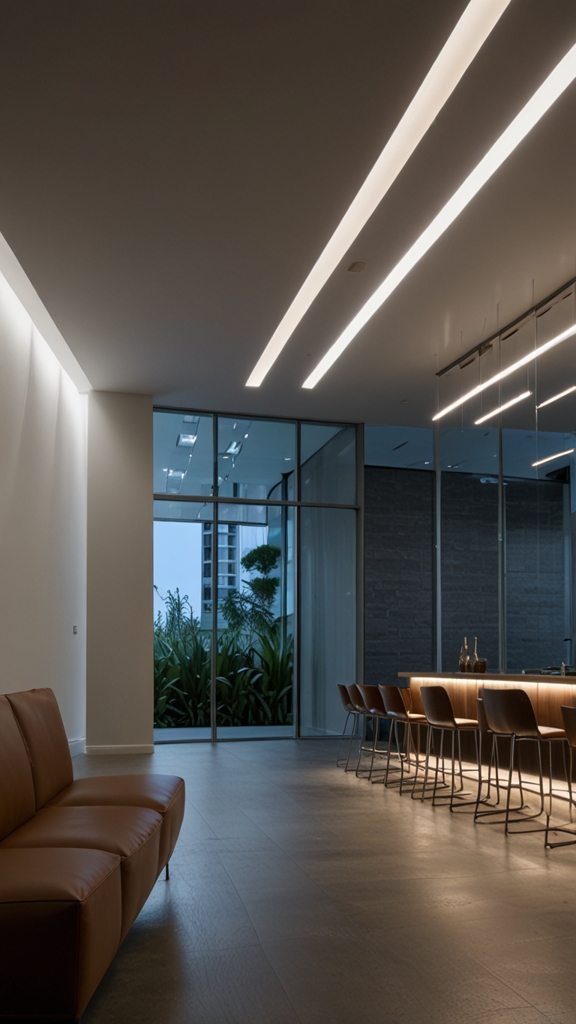
A. Lighting for Grooming Tasks
- Use vertical lighting on both sides of the mirror to avoid casting shadows.
- Adjustable brightness levels cater to tasks like makeup application versus general grooming.
B. Shower and Bathtub Lighting
- Waterproof recessed lights or LED strips ensure safety and visibility.
- Warm lighting creates a spa-like atmosphere, while cool lighting can energize morning showers.
C. Toilet Area Lighting
- A subtle light source, such as a recessed fixture or wall sconce, is ideal for nighttime use.
4. Improving Aesthetics with Lighting
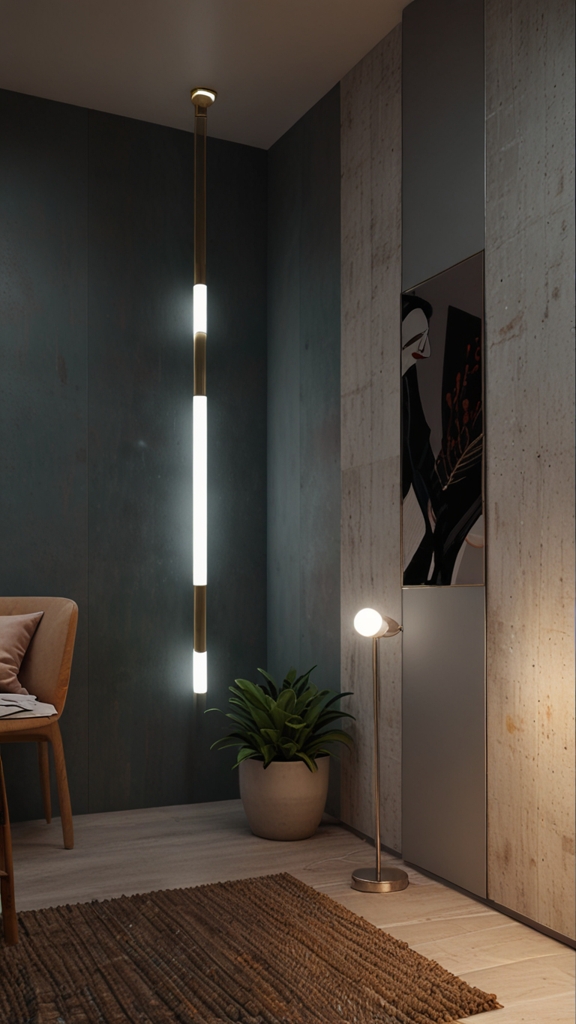
A. Creating Ambience
Lighting sets the mood of a bathroom. Warm lights (2700–3000K) create a relaxing atmosphere, while cooler lights (4000–5000K) offer an energizing feel.
- Dimmable lights provide versatility, transitioning from bright mornings to cozy evenings.
- Colored LED lights can add personality, such as blue tones for a calming effect.
B. Highlighting Design Features
- Place lights to accentuate textures, such as tiled walls or wooden finishes.
- Use backlighting for mirrors or vanities to create a floating effect.
C. Enhancing Space Perception
- Bright, even lighting can make small bathrooms feel more spacious.
- Vertical light fixtures draw the eye upward, enhancing height perception.
5. Technological Innovations in Bathroom Lighting
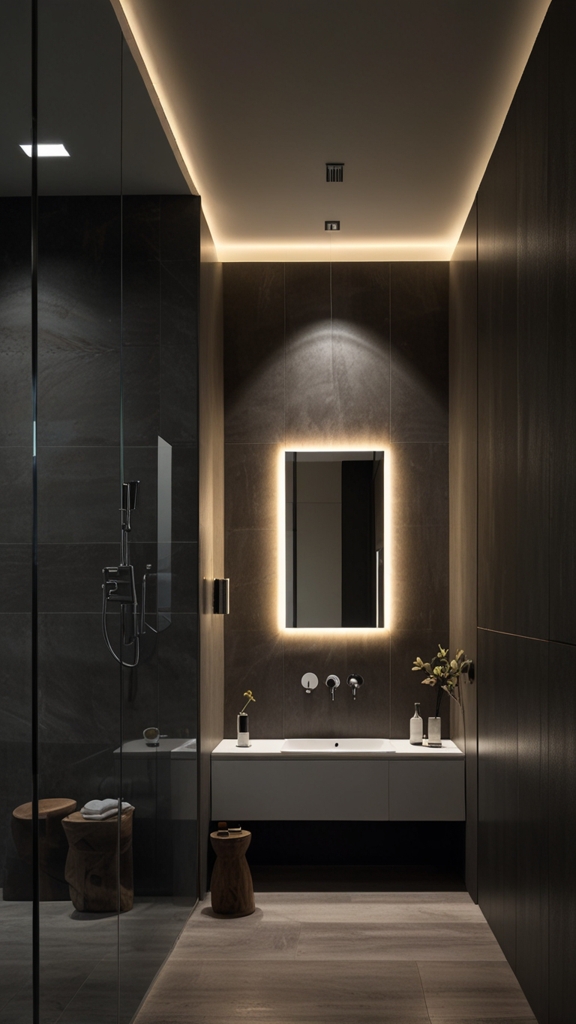
Modern lighting solutions offer smart technologies for enhanced functionality:
A. Smart Lighting
- Control brightness, color, and schedules with apps or voice commands.
- Motion sensors provide automatic illumination, ideal for nighttime use.
B. Energy-Efficient Solutions
- LED lights consume less energy, have a longer lifespan, and offer versatile design options.
- Solar-powered or eco-friendly bulbs reduce environmental impact.
C. Adaptive Lighting Systems
- Circadian lighting adjusts color temperatures throughout the day, aligning with natural rhythms.
- Tunable LEDs allow customization for mood and activities.
6. Practical Tips for Effective Bathroom Lighting

- Layer Lighting: Combine ambient, task, and accent lighting for a comprehensive design.
- Match Color Temperatures: Consistency across fixtures prevents visual discomfort.
- Avoid Glare: Frosted glass shades or diffusers soften light output.
- Focus on Placement: Position lights to avoid harsh shadows or unflattering angles.
- Consider IP Ratings: Choose fixtures suitable for wet zones to ensure safety.
7. Common Lighting Mistakes to Avoid
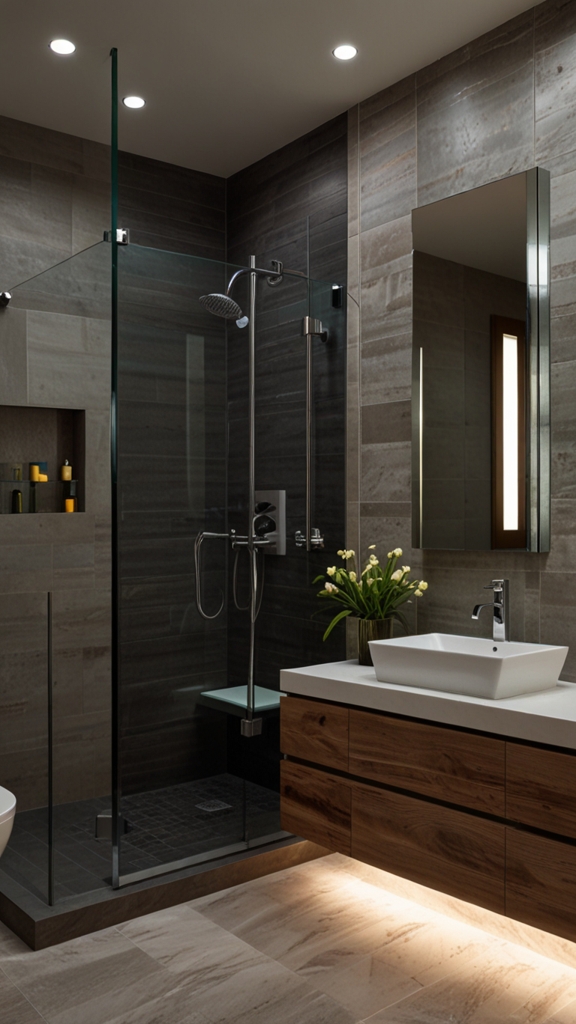
A. Insufficient Task Lighting
- Poorly lit vanity areas can result in shadows, making grooming tasks difficult.
B. Overlooking Layering
- Relying on a single overhead light creates flat and uninspiring illumination.
C. Ignoring Dimmers
- Fixed brightness limits adaptability and mood creation.
D. Disregarding Color Temperature
- A mismatch between warm and cool lighting disrupts visual harmony.
8. Case Studies: Transformative Bathroom Lighting
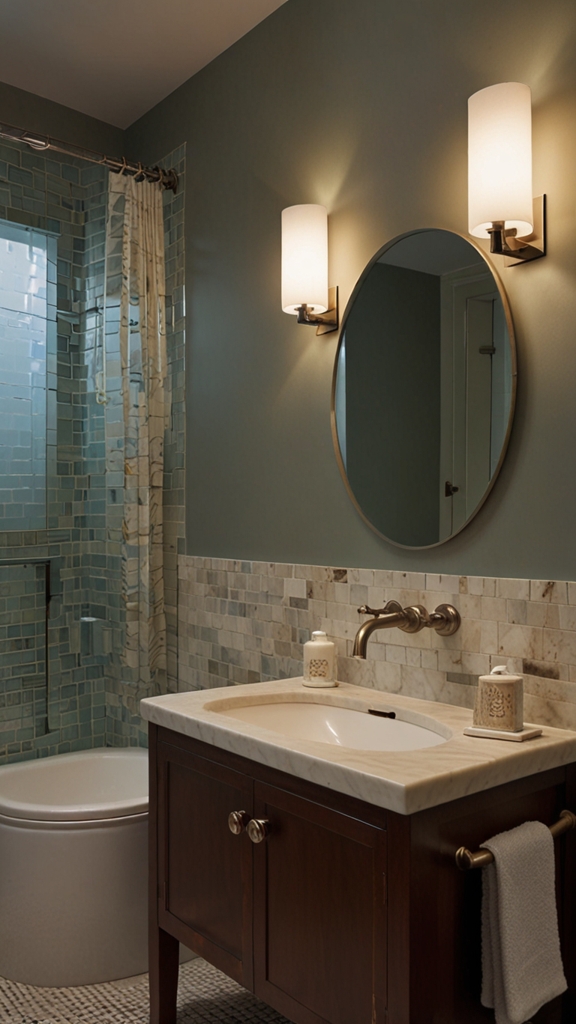
Case Study 1: Small Bathroom
- Problem: Limited space felt cramped and dull.
- Solution: Installed bright ambient lighting with vertical sconces for the mirror. Used LED strips under cabinets for depth.
- Outcome: Space appeared larger, with enhanced functionality.
Case Study 2: Luxury Master Bathroom
- Problem: Lacked ambience despite high-end materials.
- Solution: Added layered lighting with dimmable fixtures, accent lights for art pieces, and a chandelier for glamour.
- Outcome: Created a spa-like retreat with versatile lighting.
9. Future Trends in Bathroom Lighting
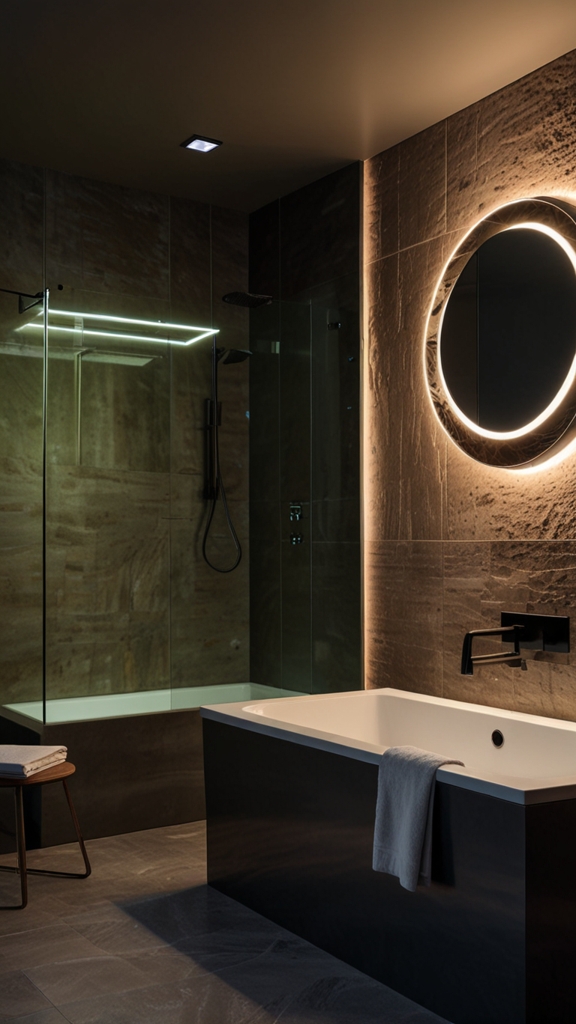
- Biophilic Lighting: Mimics natural light patterns to promote wellness.
- Minimalist Designs: Slim, sleek fixtures complement modern aesthetics.
- Integrated Solutions: Mirrors with built-in lighting for seamless design.
Conclusion
Lighting transforms a bathroom into a functional and aesthetic masterpiece. By combining practical solutions with design creativity, you can tailor lighting to meet the unique needs of your space. Whether it’s bright and energizing for morning routines or soft and soothing for relaxation, the right lighting elevates your bathroom to a new level of sophistication and utility.

